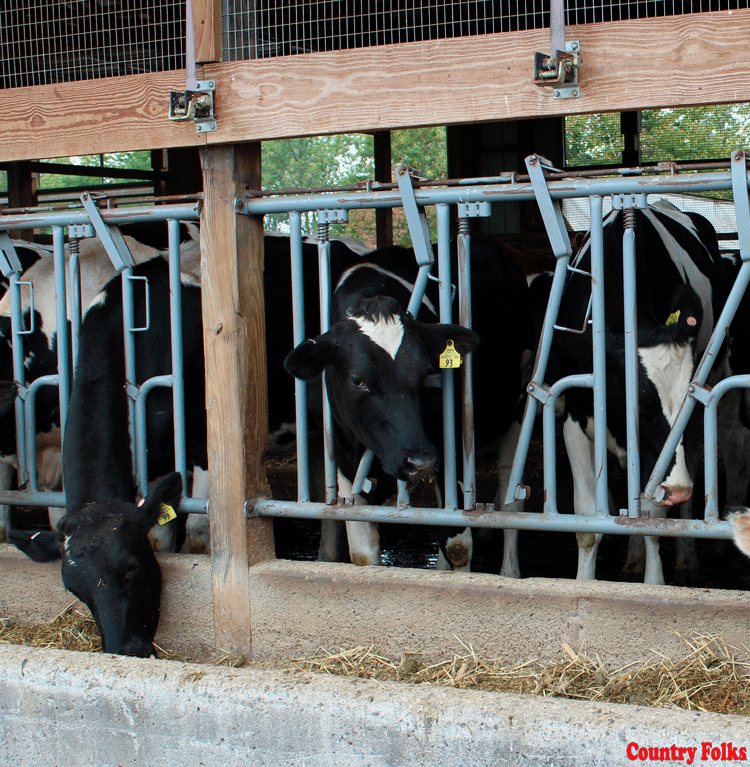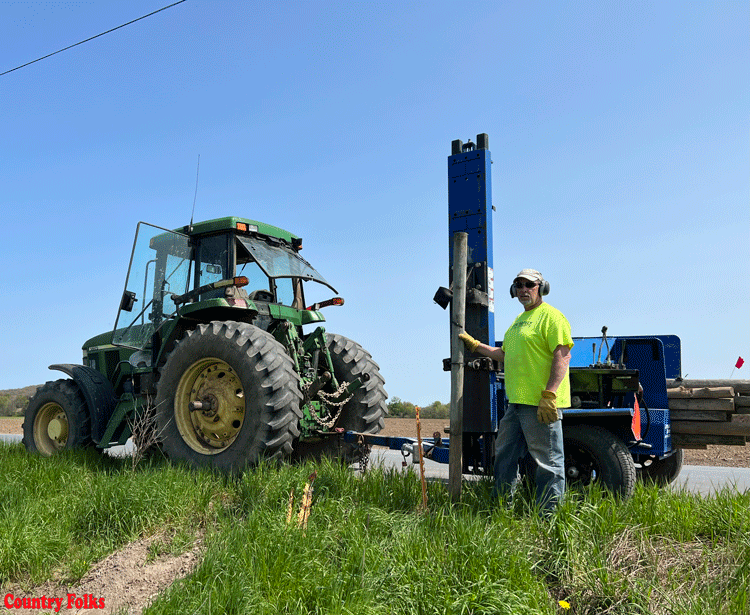by JAY GIRVIN, Esq., Girvin & Ferlazzo. P.C., Albany, NY
Q. If I’ve received an agricultural assessment exemption in the past, what are the consequences if I convert the property to a nonagricultural use going forward?
A. As local assessors are working to complete their final assessment rolls for the coming year, this is a good time to review agricultural assessment exemptions and to address what happens if land previously afforded an exemption is converted to a nonagricultural use.
Section 305 and Section 306 of the Agriculture and Markets Law offer qualifying farmland a partial exemption from real property taxes by assigning a special “agricultural assessment” to land used in agricultural production. Agricultural assessment values per acre are determined and published annually by the Office of Real Property Tax Services based on 10 different soil groups and for woodlands. If the resulting agricultural assessment is lower than the local market value assessment, the amount of the difference is treated as exempt from taxation. As a result, the owner pays less in real property taxes than would otherwise be due under the local market value assessment.
To be eligible for an agricultural assessment, the property must qualify as “land used in agricultural production” as that term is defined in Article 25AA of the Agriculture and Markets Law. Qualifying land must generally consist of seven or more acres used as a single operation in the preceding two years for the production for sale of crops, livestock, or livestock products resulting in annual average gross sales of $10,000 or more. Land consisting of less than seven acres and used for agricultural production is also eligible for an agricultural assessment, but must generate at least $50,000 in average annual gross sales values over the preceding 2-year period. Newly established farm operations that may not be able to demonstrate $10,000 or $50,000 in average gross sales, as applicable, in the preceding two years may nevertheless qualify if they can otherwise meet the revenue thresholds in their first or second year of operation.
Portions of land used for the processing or retail merchandising of crops, livestock, or livestock products may not be included, nor may be land associated with the owner’s residence. However, land that supports a commercial horse boarding operation may qualify for an agricultural assessment if the operation boards at least 10 horses, regardless of ownership, and otherwise meets the foregoing size and revenue thresholds. Note that only the value of the underlying land is entitled to a special agricultural assessment — values associated with farm buildings, residences, and other improvements will continue to be assessed separately (although they may qualify for other tax benefits under the Real Property Tax Law).
For purposes of determining eligibility, separate parcels may be combined as long as they are farmed together as part of a single operation, although separate exemption applications must be filed annually for each parcel. Owners of rented land that satisfies the basic eligibility requirements also qualify for an agricultural assessment, and even rented land that does not itself meet the revenue threshold may nevertheless qualify provided it is subject to a written rental agreement of at least five years and is farmed with other farmland that satisfies the eligibility requirements. Many rural owners who do not themselves farm, or smaller farmers who may not use all of their land, rent their unused land to other farming operations in order to reduce their real property taxes through the agricultural assessment exemption.
Since the agricultural assessment is afforded as an incentive to promote the availability of land for farming purposes, the Agricultural and Markets Law does provide for a penalty if land that has previously received an agricultural assessment is later converted to a nonagricultural use. If farmland that has received an agricultural assessment is converted to a nonagricultural use (within five years of last receiving an agricultural assessment if located in an agricultural district, and within eight years if located outside an agricultural district), a payment to recapture the taxes forgone for converting such land will be imposed. Conversion has been defined as “an outward or affirmative act changing the use of agricultural land.” Accordingly, non-use of the property is not considered a conversion, although it will disqualify the land from receiving an agricultural assessment going forward. Land converted to a nonagricultural use through oil and gas exploration, or extraction activity, or through eminent domain or other involuntary proceedings also would not be subject to a payment for conversion.
If conversion to nonagricultural use occurs, the penalty will be equal to five times the taxes saved in the most recent year that the land received an agricultural assessment, plus interest of 6 percent per year (compounded annually) added to the payment amount for each year that the land received an agricultural assessment, not exceeding five years. A landowner is required to affirmatively notify the assessor within 90 days whenever a conversion occurs, and a failure to notify may result in an additional penalty of two times the payments owed to a maximum of $500.












Leave A Comment